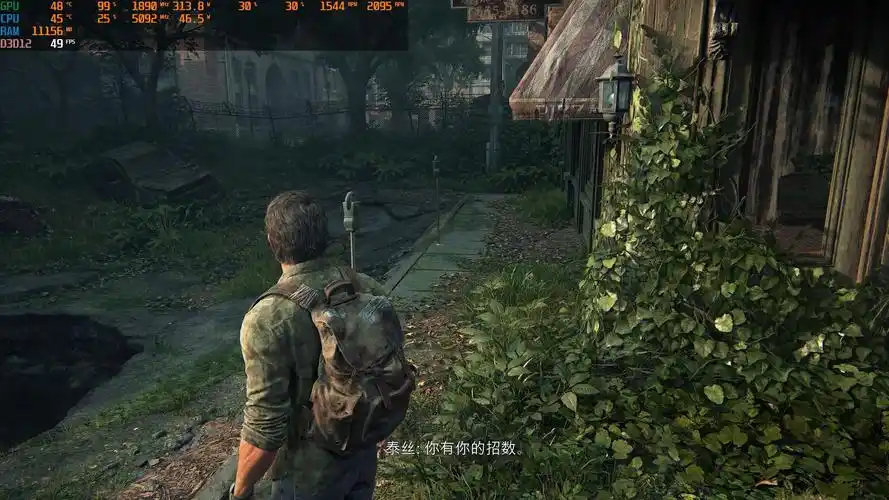Debut Details: Mastering "Mountain Biker's Trail" Obstacle Negotiation
Introduction
Mountain biking is an exhilarating sport that combines endurance, skill, and precision. One of the most challenging aspects of the sport is obstacle negotiation—navigating through rocks, roots, drops, and tight turns while maintaining speed and control. The "Mountain Biker's Trail" is a technical course designed to test riders' abilities in handling diverse terrain. This article delves into the key techniques, strategies, and mental approaches needed to conquer such obstacles effectively.
Understanding Trail Obstacles
Before tackling any obstacle, riders must first analyze the terrain. Common trail obstacles include:
- Rock Gardens: Loose or embedded rocks that require balance and line choice.
- Roots: Slippery when wet, demanding careful weight distribution.
- Drops & Jumps: Sudden elevation changes requiring proper body positioning.
- Switchbacks: Tight turns that challenge cornering skills.
- Berms & Ruts: Banked turns that can either assist or destabilize a rider.
Each obstacle demands a unique approach, and mastering them involves a combination of body positioning, bike handling, and mental focus.
Essential Techniques for Obstacle Negotiation
1. Body Positioning
- Neutral Position: Standing on the pedals with knees and elbows slightly bent allows for quick adjustments.
- Attack Position: Leaning forward with a lowered center of gravity improves stability over rough sections.
- Rear Weight Shift: Shifting weight backward prevents going over the handlebars on steep descents.
2. Line Selection
Choosing the right path is crucial. Riders should:

- Scan ahead to anticipate obstacles.
- Opt for smoother lines when possible.
- Use momentum to carry over technical sections.
3. Braking Control
- Modulate brakes instead of locking them to avoid skidding.
- Use front brakes for control but avoid excessive force on steep terrain.
- Brake before obstacles, not during, to maintain momentum.
4. Cornering & Switchbacks
- Look through the turn to maintain balance.
- Lean the bike, not the body, for better traction.
- Use berms to maintain speed.
5. Drops & Jumps
- Preload the suspension before takeoff.
- Keep the bike level in the air.
- Land with both wheels simultaneously to absorb impact.
Mental Preparation & Risk Assessment
Obstacle negotiation isn’t just about physical skill—confidence and decision-making play a huge role.
- Visualization: Mentally rehearsing a section before riding it improves execution.
- Progressive Challenges: Start with easier obstacles and gradually increase difficulty.
- Risk vs. Reward: Assess whether attempting a difficult feature is worth potential falls.
Equipment Considerations
The right gear enhances performance:
- Full-suspension bikes absorb shocks better on rough trails.
- Wider tires with aggressive tread improve grip.
- Dropper seatposts allow quick saddle height adjustments.
- Protective gear (helmets, knee pads, gloves) reduces injury risk.
Training Drills for Improvement
To refine obstacle negotiation skills, riders should practice:
- Slow-speed balance drills (track stands, wheel lifts).
- Bunny hops to clear small obstacles.
- Pump tracks to master flow and momentum.
- Simulated rock gardens to build confidence.
Conclusion
Mastering the "Mountain Biker's Trail" requires a blend of technical skill, physical fitness, and mental resilience. By focusing on proper body mechanics, smart line choices, and controlled braking, riders can navigate even the most challenging terrain with confidence. Whether you're a beginner or an experienced rider, continuous practice and mindful progression will elevate your trail-riding abilities.
Now, gear up, hit the trail, and conquer those obstacles!
Tags: #MountainBiking #TrailRiding #ObstacleNegotiation #BikeSkills #MTBTips #AdventureSports


















